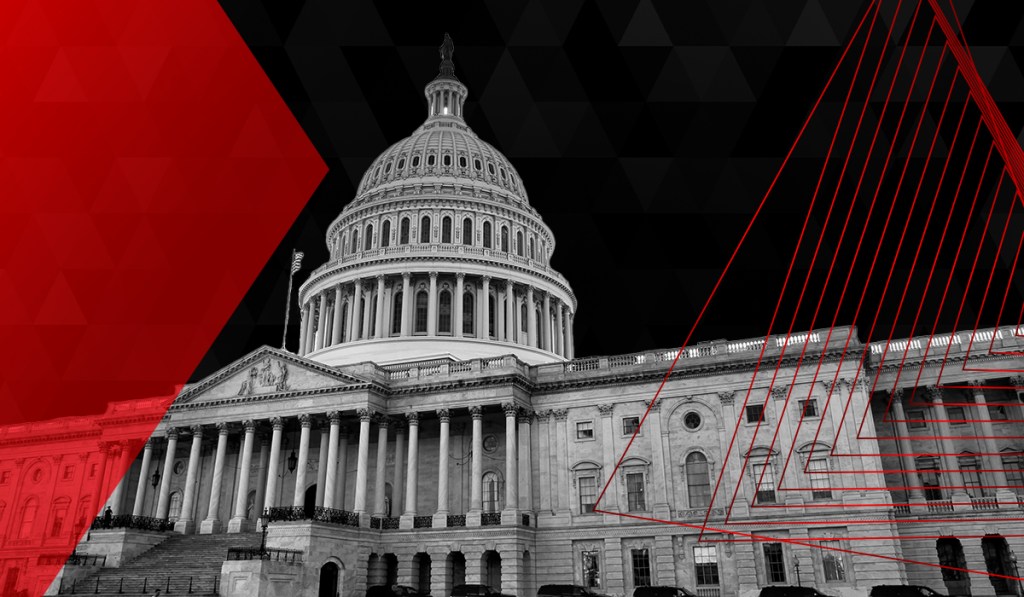Earlier this year, congressional Democrats considered making major investments to promote housing affordability as part of their Build Back Better bill. But the way this legislation was considered — through the inherently partisan “reconciliation” process — ensured it would garner no Republican support. Ultimately, the housing provisions ended up on the legislative cutting-room floor.
The problem
The nation’s housing affordability crisis continues to roll on. Housing remains unaffordable for far too many families, due in large part to a shortage of affordable rental units and entry-level homeownership options. In addition to affordability challenges, wages and incomes in recent years have not kept pace with the rising housing costs.
As a result, millions of households pay unsustainably high rents, often more than half of their monthly incomes. Millions of others can’t afford to buy their first home. Meanwhile, nearly 600,000 individuals are experiencing homelessness on any given day.
At the Bipartisan Policy Center’s Terwilliger Center for Housing Policy, we believe that a comprehensive, effective and durable response to the crisis can only come through bipartisan cooperation. That’s why our government advocacy partner, BPC Action, has developed a legislative proposal — the American Housing Act of 2023 — that builds on the best ideas from congressional Democrats and Republicans. The plan seeks to improve housing affordability using a three-pronged approach:
- Increasing the supply of homes both for rent and sale,
- preserving the existing stock of affordable housing and
- helping families afford and access housing through a series of “demand-side” initiatives.
At the grassroots level, Democrats and Republicans overwhelmingly believe the federal government should address the crisis. A new poll that Morning Consult conducted for the Bipartisan Policy Center claimed some 88% of Democrats and 75% of Republicans said it was important that the federal government respond to high housing costs that are contributing to inflation. And, 89% of Democrats and 77% of Republicans said it was important that the federal government address homelessness.
The housing affordability crisis does not discriminate by geography or party affiliation. It’s affecting big cities, rural areas and suburbs alike, disrupting the lives of Republicans, Democrats, and Independents. Some 54% of those polled said they had experienced increases in their rent, mortgage or utility payments over the past 12 months, and 52% of renters said they’ve had trouble paying their rent in the past six months.
Not surprisingly, those making less than $50,000 per year were likelier than middle and higher-income respondents to report problems in paying rent and utilities over the past 12 months. One in six renters is not caught up on their rent payments. 17% of renters are not confident that they can make their next payment on time.
Those troubling figures help to explain why we feel so strongly about the need for federal action. We believe that the three-part American Housing Act gives lawmakers a comprehensive, and politically feasible, way forward.
What’s in the plan?
The first part of the plan proposes to increase the much-needed housing supply. In recent years, the nation has underbuilt housing by millions of homes, failing to keep pace with new household formations and rising demand. We would substantially strengthen the federal Low-Income Housing Tax Credit, our nation’s most successful affordable rental housing production program, and create a new tax credit that would incentivize private investment to build and rehabilitate homes for sale in distressed communities. These homes, designed for lower- and moderate-income families, would serve as an entry point for homeownership while supporting neighborhood revitalization.
The second part proposes a preservation of our existing affordable housing stock. Preserving an affordable home is generally more cost-effective than building a new one, and it prevents displacing a household. We would ensure that new homes that are financed through the Low-Income Housing Tax Credit stay affordable permanently, rather than carry rent restrictions that expire after 30 years.
The third and final part proposes a series of “demand-side” initiatives that would help families afford and access housing and reduce homelessness. Federal rental assistance enables millions of low-income families to secure stable housing. However, because of limited funding, fewer than one in four eligible households receives assistance. One of our proposals, based on legislation from Senate Democrat Chris Van Hollen of Maryland and Senate Republican Todd Young of Indiana, would fund 500,000 new housing vouchers to help families with young children move to high-opportunity neighborhoods.
Nearly every idea put forward in the American Housing Act has some measure of bipartisan support. If enacted in its entirety, the legislation would greatly improve the lives of millions of Americans.
Regardless of the upcoming congressional election results, the new 118th Congress that convenes in January should take on the housing affordability crisis with the urgency it deserves.
Dennis C. Shea is executive director of the Bipartisan Policy Center’s J. Ronald Terwilliger Center for Housing Policy.






